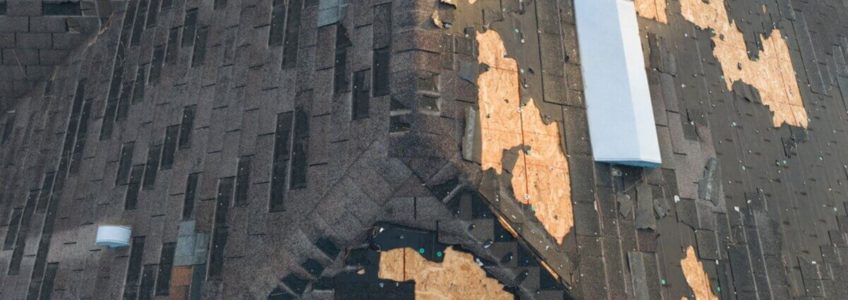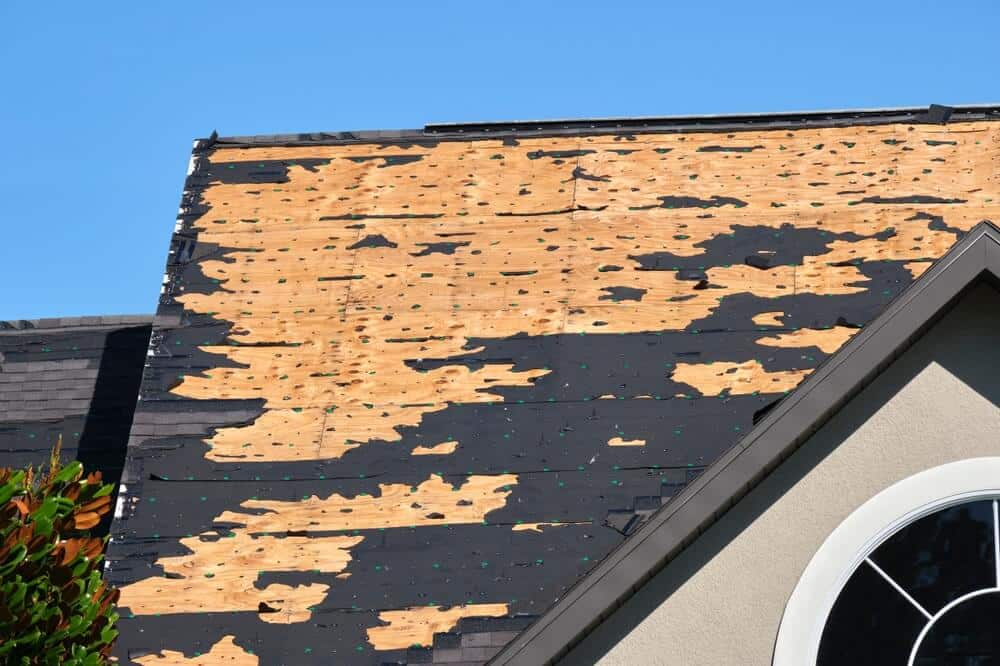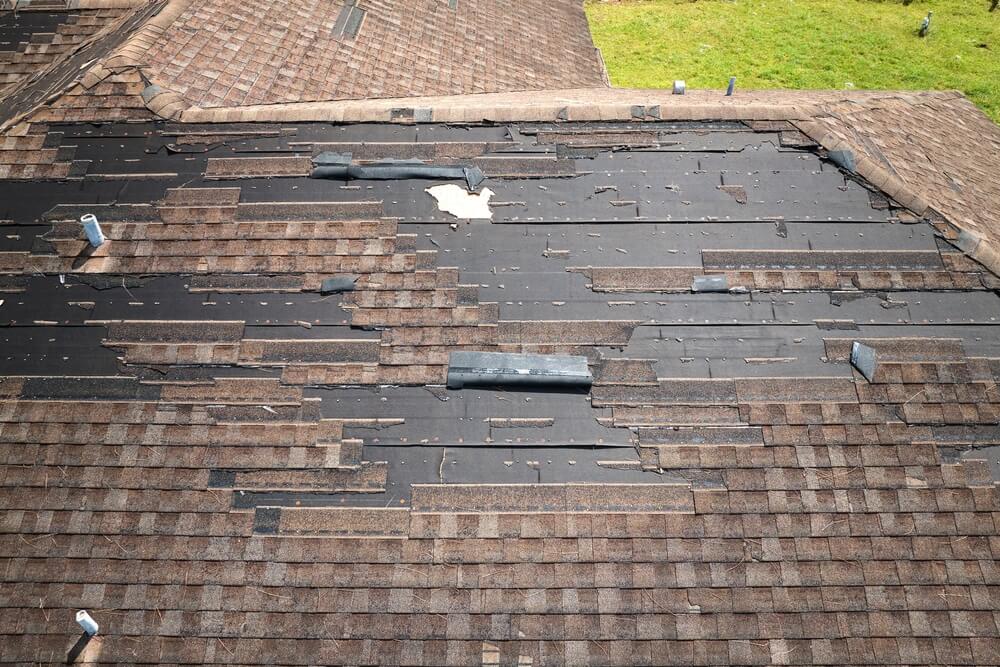
When harsh weather strikes, it’s your home’s roof that stands as the frontline defense. However, the aftermath of a severe windstorm often leaves homeowners struggling with roof damage, unsure of the immediate and successive steps to take. Understanding what to do after your roof suffers wind damage is vital in safeguarding your property from further impairment, navigating insurance claims, and ensuring a thorough and professional repair process.
 Immediate Response Post-Storm
Immediate Response Post-Storm
Prioritize Safety
The moments following a severe windstorm can be fraught with hazards. Before anything else, ensure that it’s safe to inspect your property. Steer clear of potential dangers like downed power lines, broken glass, and loose roofing materials. If you suspect structural instability, it’s prudent to evacuate and await professional assessment.
Initial Damage Assessment
Once you’ve ensured safety, perform a preliminary evaluation of the damage. Use caution when inspecting the surroundings, and take note of visible issues like missing shingles, detached gutters, or exposed roof decking. However, keep in mind that not all wind-related impairments are easily noticeable, necessitating a professional inspection for a comprehensive assessment.
Securing Your Property and Documenting the Damage
Prevent Further Damage
After the storm subsides and your roof has sustained wind damage, it’s crucial to prevent exacerbating the condition. Employ temporary solutions like tarp coverings or sealants for leaks to impede further water ingress. Nonetheless, these are interim fixes, and consulting a roofing professional remains paramount for lasting repairs.
Meticulous Documentation
For insurance and repair purposes, detailed documentation of the wind damage is indispensable. Capture clear photos and videos of the affected areas, and make a written log of the damage observed and the date it occurred. This evidence is instrumental when filing an insurance claim, as it provides a robust basis for the discussions with your insurance provider.
Navigating Insurance Claims
Review Your Policy
In the wake of wind-inflicted roof damage, reviewing your insurance policy is a critical step. Understand the specifics of what’s covered under wind and storm damage, and be aware of any deductibles. Policies vary, and some might require separate windstorm insurance, especially in regions prone to high winds and hurricanes.
Initiate the Claims Process
Contact your insurance company to notify them of the damage and kick-start the claims process. Furnish them with the documented evidence and any additional information they require. Cooperation and transparency are crucial here for a smooth process. Remember, insurers advocate prompt reporting, so don’t delay this engagement.
Professional Inspection and Repair
Hire Professional Roofing Services
While initial assessments and temporary fixes are helpful, the expertise of a professional roofing contractor is essential for a thorough inspection and repair plan. These experts can spot less obvious damages, provide a detailed report, and suggest the best course of action for restoration. Ensure they are licensed and have experience with wind-damaged roofs.
Restoration and Future Prevention
Post-inspection, the repair phase commences. Professional roofers will address both visible and hidden damages, restoring your roof’s integrity. However, the process shouldn’t end there. Discuss with them strategies for fortifying your roof against future wind incidents, which might include investing in wind-resistant materials or regular maintenance protocols.
Conclusion


 Immediate Response Post-Storm
Immediate Response Post-Storm